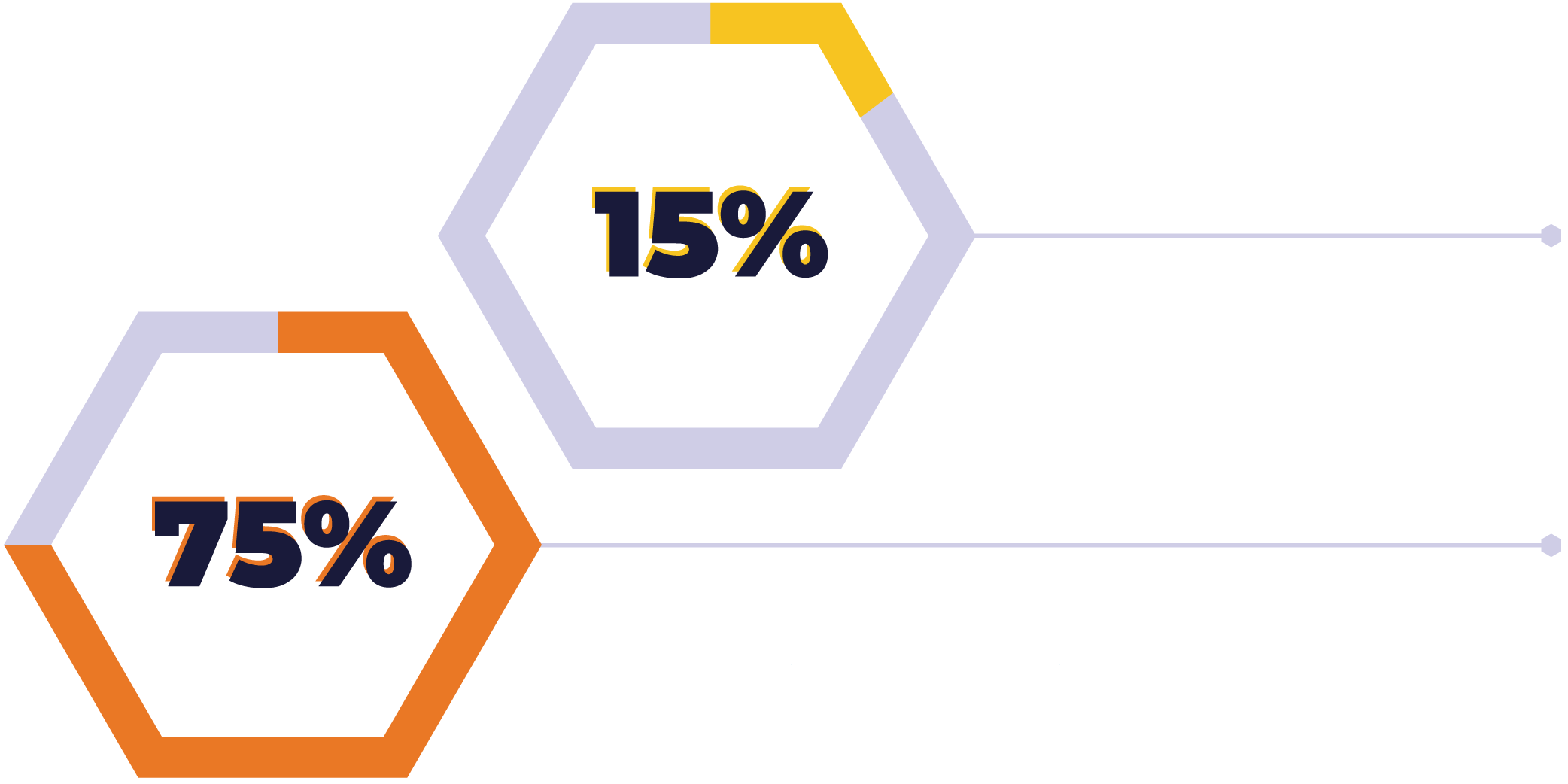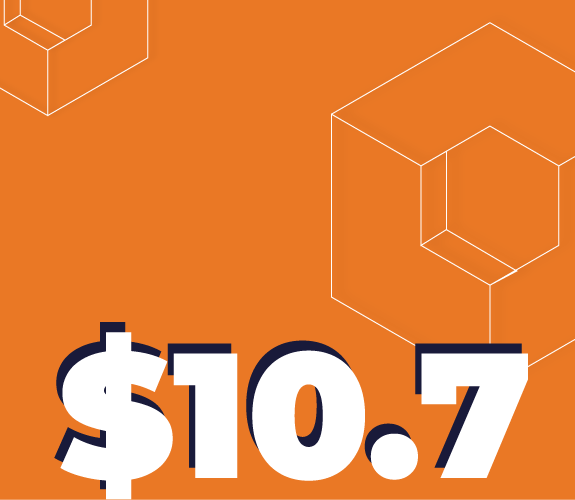A TREASURE TROVE OF TRENDS
As you’re shoring up best practices, it’s important to keep an eye on digital marketing trends in the eCommerce landscape, so you can better predict where you’ll need to adjust your strategy and shift your attention.
The trends below have both current and future impacts that will better inform your digital marketing strategy today and in the months to come.
WEATHER THE STORM:
The impact of inflation
Although digital marketing growth has continued apace, the effects of economic uncertainty can’t be ignored. Consumer prices have increased as a result of global inflation, and continued product shortages drive consumers to switch brands without much thought.
In markets where customer loyalty is harder to come by, diversifying your marketing strategies becomes that much more important.
BUBBLING UP:
Social commerce on the rise
Social commerce plays an essential role in that diversification.
Gen Z and millennial consumers are seeking out more personalized experiences, and prefer video content on newer platforms like TikTok where personalization is emphasized.
of Gen Z consumers say social media is their top source for shopping inspiration.
increase in global TikTok users between 2020 and 2021 alone
1 BILLION
estimated TikTok users by 2025
Although most marketers predicted this would lead to an increase of live-stream selling, in Summer 2022 Meta shut down Facebook’s live stream shopping program and shuttered Instagram’s affiliate commerce program due to lack of adoption.
As a result, you might see social commerce pivot back towards more traditional influencer marketing with a notable exception–it will rely less on the size of the influencer’s following and more on their level of engagement and ability to prompt the creation of user-generated content (UGC).
SUBMERGE IN TECH:
Explore voice commerce
If there’s anything social commerce has taught us, it’s that we’re not getting off our phones any time soon.
Consumer reliance on voice recognition AI technology–in the form of a virtual assistant like Siri and or a smart speaker like Alexa–has also risen.
For marketers, another alluring element is that voice commerce provides access to a greater range of data than just past purchases and browsing history–it tracks the entire buyer journey, from the first research question to purchase delivery notifications. (A true treasure trove!)

Keep in mind, you’ll likely need to adjust some of your SEO strategies specifically for voice commerce. Users aren’t typing their queries, they’re asking them aloud. Also, voice searches often know your location and previous questions you’ve asked, which changes the context of queries. As a result, SEO for voice commerce doesn’t focus on keywords, but conversational, complete questions.
PULL INTO PORT:
The increase of brick-and-mortar stores
In the early 2010s, businesses scrambled to develop an online presence to supplement their brick-and-mortar stores. As the world continued to open up after the COVID-19 pandemic, the pendulum swung the other way.
Consumers re-embraced in-store experiences that weren’t available during the pandemic. So much so that in February 2023, Amazon, one of the world’s largest retailers, announced intentions to move forward with its plans for more brick-and-mortar stores.
Instead of viewing the rise of brick-and-mortar as a threat, marketers could view consumers' renewed interest for in-store experiences as an opportunity to flex their creativity, and explore different options like augmented reality that heighten interactive experiences online.

Year-over-three-year increase in physical store sales for Allbirds during Q3 of 2022

- Increase in marketers who use augmented reality over a three-year period
- Of the global population will become frequent augmented reality users
- 15% Increase in marketers who use augmented reality over a three-year period
- 75% Of the global population will become frequent augmented reality users
Like this content? Share it with a colleague!





